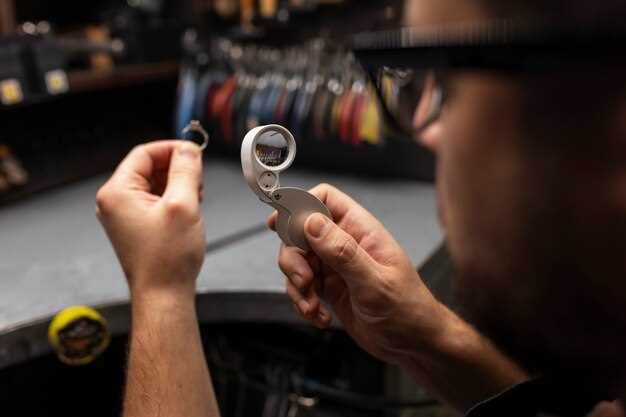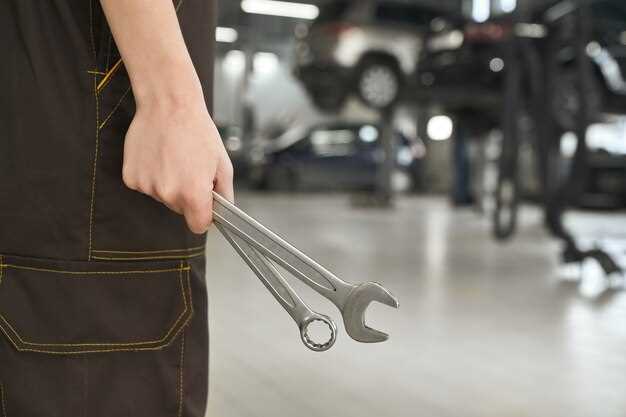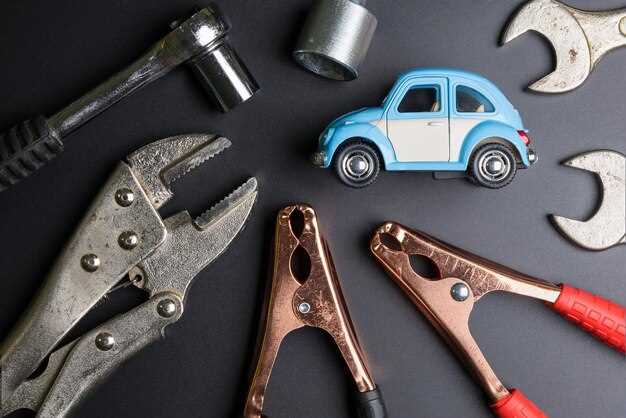
When it comes to tackling auto projects, the tools you choose can significantly influence the outcome and your overall experience. One option that often presents itself is the purchase of used tools. This choice can unlock a treasure trove of savings and unique finds, presenting an opportunity to access quality equipment at a fraction of the original cost. However, it also comes with its own set of challenges that warrant careful consideration.
On one hand, buying used tools can provide exceptional value for budget-conscious enthusiasts and professionals alike. High-end tools that may have been out of reach when new suddenly become more attainable, allowing users to expand their toolkit without breaking the bank. Additionally, many used tools are still in excellent condition, having been well cared for by previous owners. This can create a win-win situation where the buyer benefits from reduced cost while the seller looks to recoup some of their investment.
Conversely, diving into the market for used tools isn’t without its risks. The condition and functionality of second-hand items can be uncertain, leading to potential pitfalls that could hinder your project rather than help it. Issues like wear and tear, lack of warranty, or even missing parts might not be immediately apparent, meaning buyers must be vigilant and informed during their search. Evaluating whether the potential savings are worth the possible headaches is crucial for anyone contemplating the purchase of used tools for their automotive endeavors.
Evaluating the Quality and Condition of Used Auto Tools
When considering the purchase of used auto tools, it is crucial to thoroughly evaluate their quality and condition. Start by examining the physical appearance of the tools. Look for signs of wear and tear, such as rust, dents, or cracks. These imperfections may indicate that the tool has been heavily used and may not perform efficiently.
Next, assess the functionality of the tool. If possible, test it before buying. Ensure that moving parts operate smoothly and that there are no obstructions or malfunctions. For power tools, check the cords and switches for any damage. A tool in good working order will offer better value and longevity.
Inquire about the tool’s history. Ask the seller about its previous usage and maintenance. Tools that have been well cared for tend to have a longer lifespan and can provide significant value. If the tool has been regularly serviced or stored properly, it may be a better investment.
Additionally, research the specific model and brand. Certain manufacturers are known for their durability and quality. Understanding the reputation of the tool can help you make an informed decision. Compare prices of similar tools online to ensure the asking price reflects its condition and value.
Lastly, consider purchasing tools from reputable sources, such as estate sales, garage sales, or online marketplaces with buyer protection. This can reduce the risk of acquiring low-quality tools and enhance your overall buying experience.
Comparing Cost Savings vs. Potential Risks in Used Tool Purchases

Buying used tools can lead to significant cost savings, allowing auto enthusiasts to acquire high-quality equipment without breaking the bank. Many used tools are still in excellent condition, offering the same functionality as new ones but at a fraction of the price. This affordability enables mechanics and hobbyists to expand their tool collection without excessive financial strain, making it an appealing option for those on a budget.
However, potential risks accompany the purchase of used tools. The primary concern is the condition of the tools, which might not be immediately apparent. Wear and tear can affect performance, and hidden damages can lead to safety issues or even the need for replacements sooner than expected. Additionally, warranty protections usually do not cover used items, leaving buyers without recourse if a tool fails shortly after purchase.
Furthermore, some used tools may lack necessary accessories or components, complicating their usability. It’s crucial to assess the history of each tool, as its previous use can impact its reliability. Researching and inspecting items thoroughly can mitigate these risks, but it requires time and effort, which not everyone may be willing or able to invest.
Ultimately, the decision to buy used tools should involve weighing the potential for saved expenses against the possibility of encountering quality-related issues. Careful consideration and informed choices can lead to rewarding finds, allowing for a successful auto project without overspending.
Understanding Warranty and Support Options for Pre-Owned Tools

When considering the purchase of used tools for auto projects, understanding warranty and support options is crucial for ensuring long-term value. While new tools often come with comprehensive warranties, the same cannot be assumed for pre-owned items. Buyers should evaluate whether any warranty is still valid, as many manufacturers offer limited warranties that can remain in effect even after a tool changes hands.
Some sellers of used tools provide their own guarantees or return policies, which can add an extra layer of security to the transaction. Researching the seller’s reputation and previous customer experiences can provide insight into the reliability of their support options. Additionally, it is wise to inquire about the availability of replacement parts and repairs, as this can significantly affect the longevity of pre-owned tools.
Prospective buyers should also consider the age and condition of the tools, as older models may have outdated components that lack aftermarket support. Understanding the specific brand and model can help yMake informed decisions, as some manufacturers are known for offering exceptional customer service and support even for older products. By taking these factors into account, buyers can increase their chances of purchasing used tools that are not only cost-effective but also reliable and supported in case of any issues.
